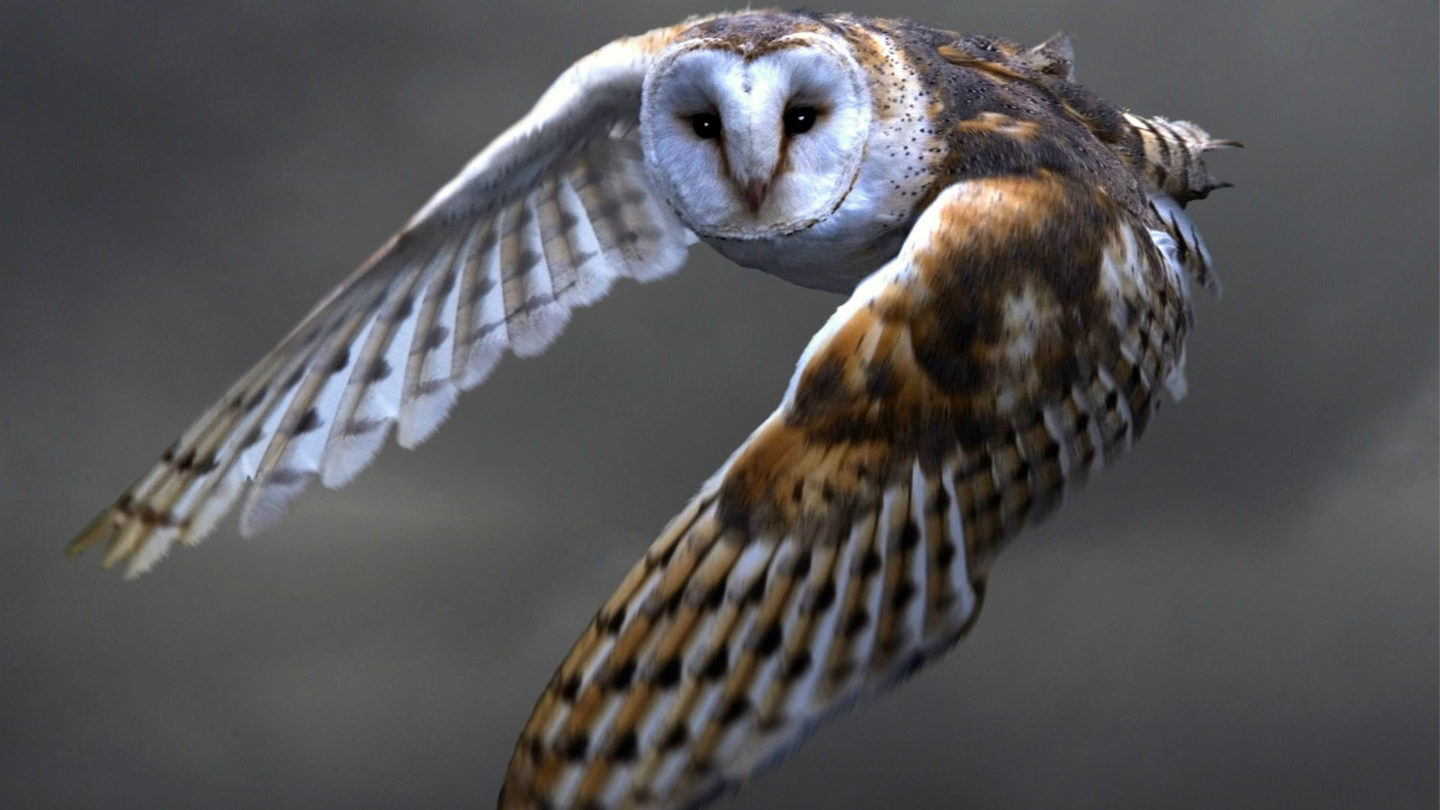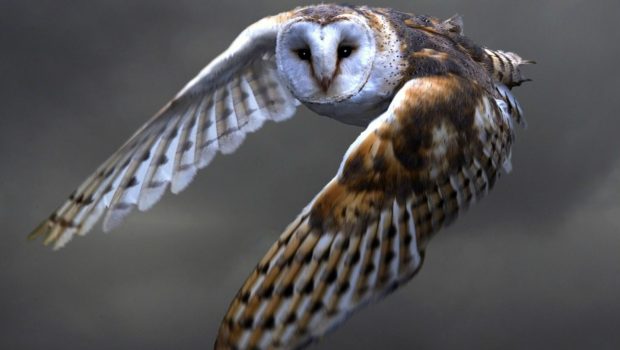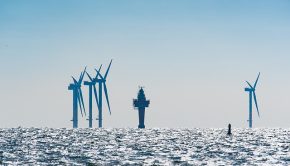Paint it black: Norway wind energy research proposes way to decrease avian death by turbine –
Paint it black: Norway wind energy research proposes way to decrease avian death by turbine –
Black is not only beautiful, but it may save lives when it comes
to wind energy.
Hundreds of thousands of birds and bats, maybe millions, are killed each year by the world’s utility-scale wind turbine blades. Avian creatures are often looking down for prey and not ahead at the deceptively fast moving white rotor blades.
The answer comes from a long ago Rolling Stones classic. Paint it black.
A new study out of Norway claims that coloring just one of the blades can dramatically reduce bird deaths from flying into them. Otherwise, according to the study, bird deaths will keep increasing as the power generation world embraces and scales up clean energy.
The report was published Wednesday in the journal Ecology and Evolution. The team included researchers from the Norwegian Institute for Nature Research in Trondheim.

The experiment was conducted at the Smøla wind‐power plant in Norway. The work was demanding
as crews had to paint the blades while they were in place.
The results were marked, with a 70 percent reduction in bird
death compared to neighboring, unpainted turbines, according to the report.
“The treatment had the largest effect on reduction of raptor fatalities,” reads the summary. “No white-tailed eagle carcasses were recorded after paint. Applying contrast painting to the rotor blades significantly reduced the collision risk for a range of birds.”
Read more about utility-scale wind power projects in PE
Although the work was labor intensive and expensive while in place, the cost could be minimized if blades were painted before construction and installation, the report reads.
Regulatory and environmental goals will push the deployment of
utility-scale wind power, as well as its falling cost per kWh. In the U.S.
alone, wind generation installed capacity has risen from about 2.5 GW 20 years
ago to an estimated 110 GW by this year.
With so much economic demand and land need, siting to minimize
environmental and animal impact will be under pressure, the report noted.
“Selective shutdown along a migratory flyway for soaring birds
and tilling the soil around the tower base has been found effective in reducing
collision rates,” the authors write, also quoting from previous research.
These adaptions, however, come at a cost in potential loss of
revenue of repeated habitat management and expense, they admitted.
“Development of practical and functional measures to reduce bird
mortality related to offshore and onshore wind energy production, that can be
industrialized and implemented without delays, is therefore paramount to avoid
delay in consenting processes and to streamline the construction and operation phase
while conserving species at these sites,” the report reads.
The authors include researchers Roel May, Torgeir Nygård, Ulla Falkdalen, Jens Åström, Øyvind Hamre and Bård G. Stokke. The painting experiment was conducted over several years.
Want to see PE news stories? Subscribe to our free, weekly newsletter
More than 60 GW of wind power capacity was installed worldwide last year. In the U.S., wind energy is challenging to come the No. 1 renewable resource, currently at nearly 8 percent of the electricity generation mix.
(Rod Walton is content director for Power Engineering and POWERGEN International. He can be reached at 918-831-9177 and [email protected]).








